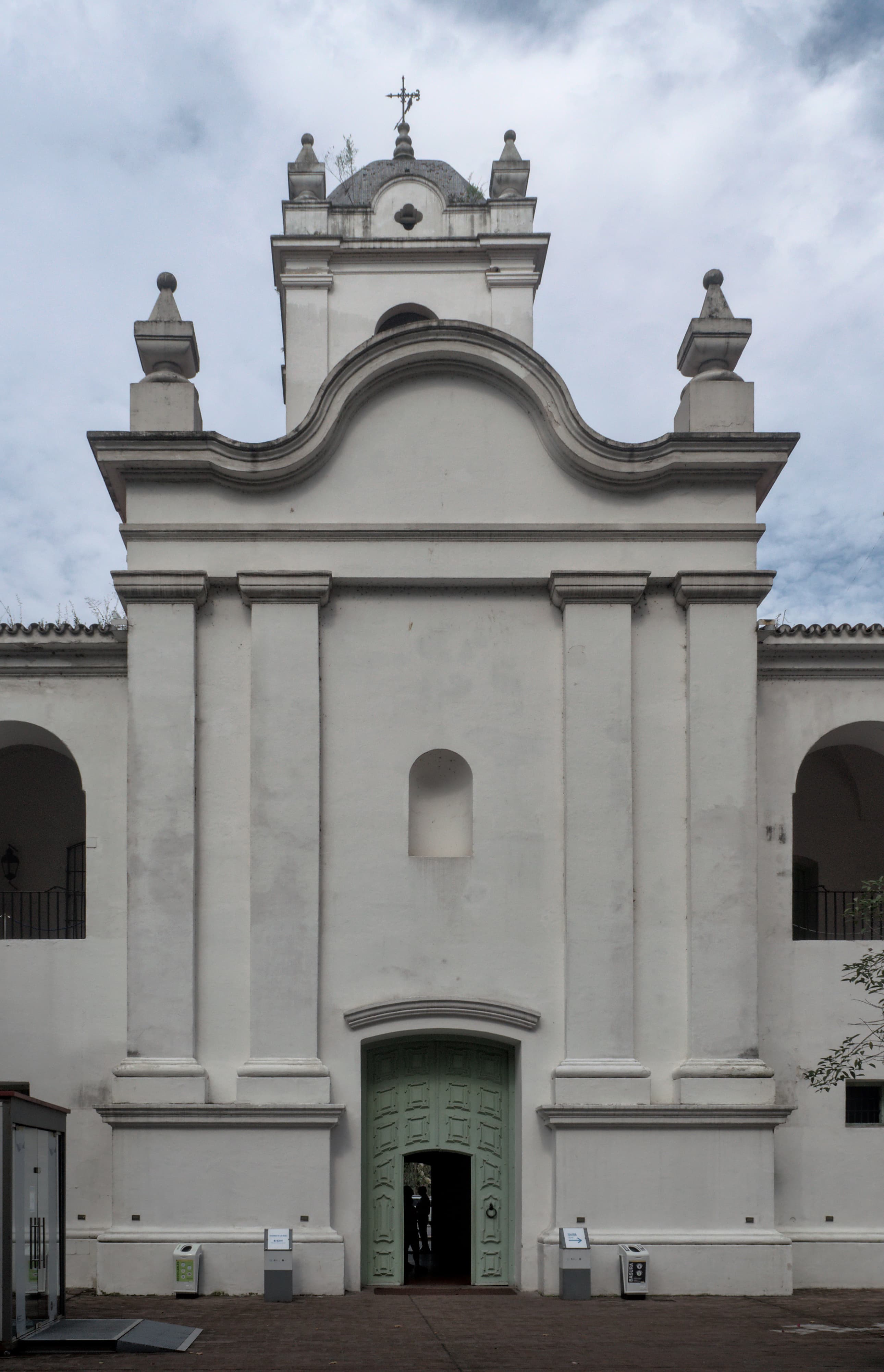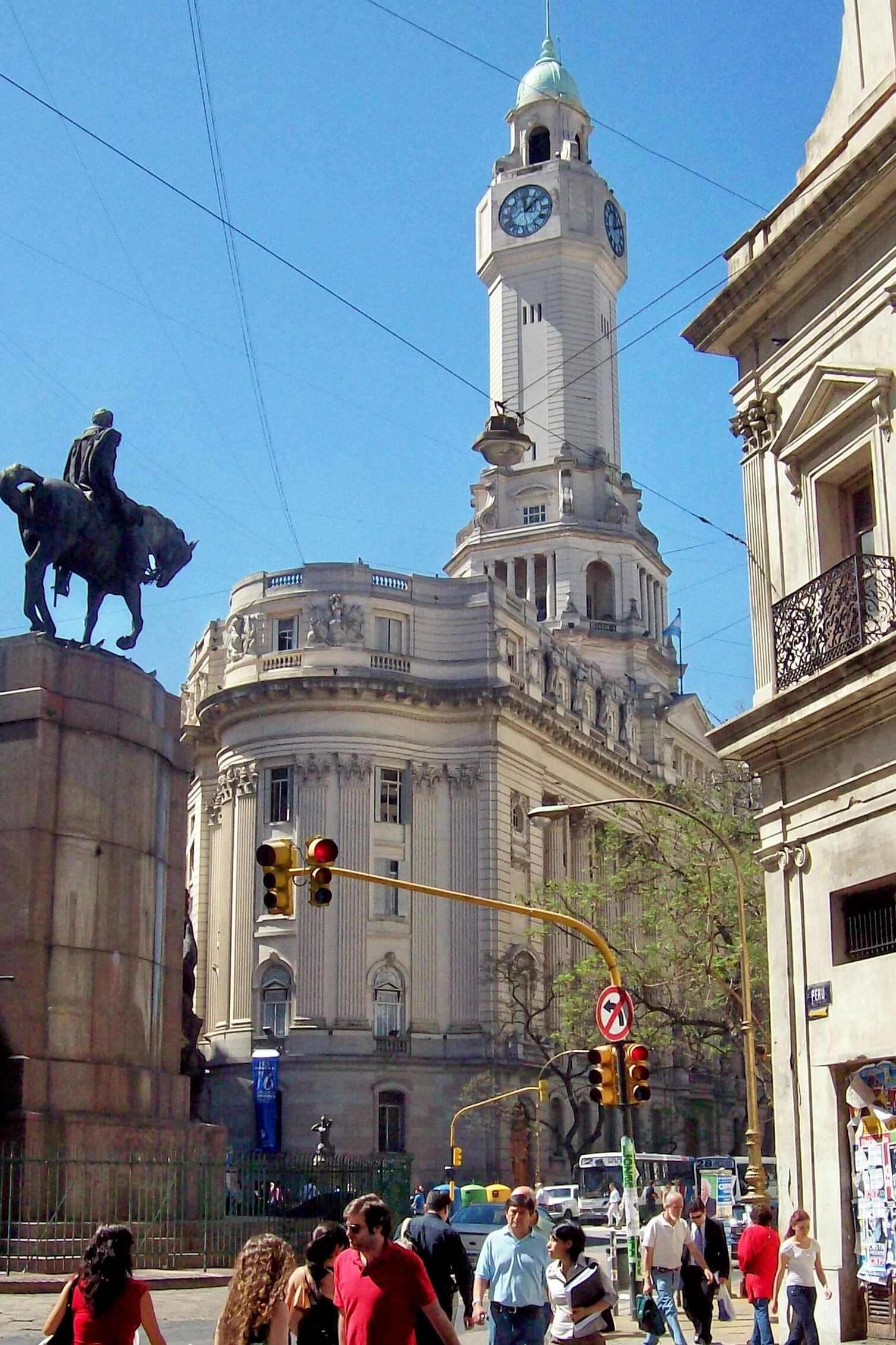Exploring the Wonders of Argentina: A Diverse Journey Through a Vibrant Land
Argentina
Introduction
Argentina, the second-largest country in South America, is a land of stunning natural beauty and rich cultural heritage. From the cosmopolitan streets of Buenos Aires to the awe-inspiring landscapes of Patagonia, Argentina offers a diverse travel experience that caters to every type of traveler. Known for its passionate tango, world-class wines, and delicious cuisine, Argentina is a country that blends European sophistication with Latin American flair. Whether you are exploring the vibrant neighborhoods of Buenos Aires, sipping Malbec in Mendoza, or marveling at the majestic Iguazu Falls, Argentina promises an unforgettable adventure. The country's history is deeply rooted in immigration, reflected in its diverse cultural tapestry and unique traditions. With its warm and welcoming people, Argentina invites you to explore its multifaceted identity, making it an ideal destination for those seeking both excitement and tranquility.
Discovering Argentina's Diverse Attractions
Argentina is a country that boasts a wide array of attractions, each offering a unique insight into its culture and natural beauty. The capital city, Buenos Aires, is a vibrant metropolis known for its European architecture, lively arts scene, and tantalizing culinary offerings. Visitors can explore the historic Plaza de Mayo, a symbol of Argentina's political history, or enjoy a tango show in one of the city's many dance clubs.
Head west to Mendoza, Argentina's renowned wine region, where you can tour vineyards and taste some of the world's finest wines. The backdrop of the Andes Mountains adds to the scenic beauty of the area, making it a must-visit for wine enthusiasts.
Further north, the Iguazu Falls, one of the most spectacular natural wonders in the world, await. Located on the border between Argentina and Brazil, these massive waterfalls are a breathtaking sight, surrounded by lush rainforest teeming with wildlife.
For those seeking adventure, Patagonia offers a pristine wilderness with majestic glaciers, towering peaks, and serene lakes. The region is perfect for hiking, wildlife watching, and even exploring the southernmost city in the world, Ushuaia.
Embracing Argentinian Culture and Cuisine
Argentina's culture is a fascinating blend of indigenous and European influences. The country's history of immigration has shaped its identity, creating a rich tapestry of traditions and customs. In Buenos Aires, you can experience the passion of tango, a dance that embodies the spirit of the city.
Argentinian cuisine is another highlight, with its famous asado (barbecue) and delectable empanadas. The country's culinary scene is diverse, with influences from Italian, Spanish, and indigenous cuisines. In the wine-producing region of Mendoza, savoring a glass of Malbec while enjoying the local gastronomy is a must.
Tips for Traveling in Argentina
Traveling in Argentina is an adventure in itself, and there are a few tips to keep in mind to make the most of your trip. Domestic flights are the most convenient way to cover large distances between major destinations. In Buenos Aires, public transportation is efficient, and taxis are readily available.
The best time to visit Argentina depends on your interests. For skiing and winter sports, visit during the southern hemisphere winter (June to August). The spring months (September to November) offer mild weather and are ideal for exploring the cities and wine regions. Summer (December to February) is perfect for visiting Patagonia and the southern regions.
When it comes to local customs, Argentinians are warm and hospitable. It is customary to greet with a kiss on the cheek, and social gatherings often revolve around sharing a meal.
Itinerary

Plaza de Mayo
Av. Hipólito Yrigoyen s/n, C1087 Cdad. Autónoma de Buenos Aires, Argentina
A central square in Buenos Aires, known for its political history, where many significant events have unfolded over the years. The square is surrounded by important buildings like the Cabildo, the Metropolitan Cathedral, and the Casa Rosada. It's a must-visit for anyone wanting to delve into the heart of Argentina's rich political tapestry.
Casa Rosada
Balcarce 78, C1064AAC Cdad. Autónoma de Buenos Aires, Argentina
The iconic pink presidential office of Argentina, officially known as the Casa de Gobierno. This historic building stands at one end of the Plaza de Mayo and is an emblem of Argentine politics and governance. Guided tours are available, offering a glimpse into the country's political past and present.

Museo Nacional del Cabildo de Buenos Aires y de la Revolución de Mayo
Bolívar 65, C1066 Cdad. Autónoma de Buenos Aires, Argentina
A museum showcasing the history of the May Revolution, located in the former town hall of Buenos Aires. The museum offers insights into Argentina's journey to independence, featuring artifacts, documents, and exhibits that highlight the revolutionary era.

Block of the Lights Historical-Cultural Complex
Perú 222, C1067 Cdad. Autónoma de Buenos Aires, Argentina
A cultural complex with historical significance, comprising buildings that date back to the 17th century. The complex includes religious, educational, and cultural institutions, making it a fascinating area to explore Argentina's colonial architecture and its enduring legacy.

Plaza Independencia
Gral. Espejo 300, M5502 AVJ, Mendoza, Argentina
The central square in Mendoza, a hub of local activity, surrounded by important cultural sites and bustling cafes. The square is the perfect starting point for exploring the city's vibrant atmosphere and enjoying the relaxed pace of life in Mendoza, with its tree-lined paths and lively events.

Parque General San Martín
Avenida Emilio Civit, Av. Boulogne Sur Mer y, Mendoza, Argentina
A large park in Mendoza, perfect for walks and picnics, featuring beautiful gardens, lakes, and monuments. The park is a popular spot for locals and tourists alike, offering a serene escape with stunning views of the surrounding Andes Mountains, making it a must-visit for nature lovers.
Museo Nacional del Vino y la Vendimia
Ozamis 914, M5515 Maipú, Mendoza, Argentina
A museum dedicated to the history of wine in the Mendoza region, showcasing the evolution of viticulture and winemaking processes. The museum offers engaging exhibits and tastings, providing a comprehensive understanding of Mendoza's wine culture and its impact on the local and national economy.

Iguazu Falls
Misiones Province, Argentina
A magnificent waterfall system on the Argentina-Brazil border, renowned for its breathtaking beauty and the thunderous roar of its cascades. The falls are surrounded by lush rainforest, offering visitors a chance to explore diverse ecosystems and encounter wildlife unique to the region, making it an unforgettable natural wonder.
Perito Moreno Glacier
Santa Cruz Province, Argentina
One of the most famous glaciers in the world, located in Patagonia. Visitors can experience the awe-inspiring sight of massive ice chunks breaking off into the lake, a testament to the glacier's dynamic nature and grandeur, offering an unforgettable glimpse into the power of nature.
Perito Moreno Glacier
Santa Cruz Province, Argentina
One of the most famous glaciers in the world, located in Patagonia. Visitors can experience the awe-inspiring sight of massive ice chunks breaking off into the lake, a testament to the glacier's dynamic nature and grandeur, offering an unforgettable glimpse into the power of nature.

Glaciarium Patagonian Ice Museum
RP11, Z9405 El Calafate, Santa Cruz, Argentina
A museum dedicated to the study of Patagonian ice, offering interactive exhibits and educational displays about glaciology. It's a fascinating stop for those interested in understanding the science behind Patagonia's iconic ice formations, providing insights into the region's unique climatic conditions and glacial history.
Conclusion
Argentina is a country that captivates the senses with its vibrant culture, diverse landscapes, and rich history. Whether you are dancing the tango in Buenos Aires, sipping wine in Mendoza, or exploring the natural wonders of Patagonia, Argentina offers an experience like no other. Its blend of European elegance and Latin American passion makes for a unique travel destination. The warmth of its people and the richness of its traditions leave a lasting impression on all who visit. As you plan your journey to Argentina, prepare to be amazed by the beauty and complexity of this remarkable country. Whether you're an adventurer, a foodie, or a history buff, Argentina welcomes you with open arms, inviting you to explore its many facets and create unforgettable memories.